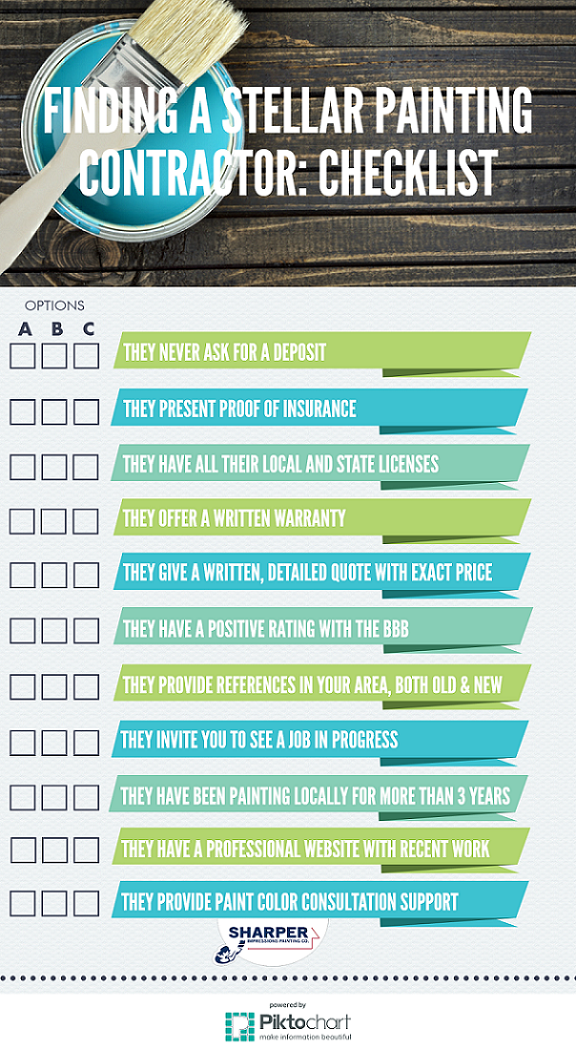Variables To Think About For Industrial Outside Paint By Season: Necessary Information You Should Have
Variables To Think About For Industrial Outside Paint By Season: Necessary Information You Should Have
Blog Article
Write-Up Written By-Korsholm Rodriquez
When you're intending a business exterior paint job, seasonal elements can make or damage your results. You'll want to think about just how temperature and humidity influence paint application and drying out times. Picking the appropriate season can ensure your paint adheres effectively and lasts much longer. But which seasons are really the best for this type of job? Let's explore the key elements that can affect your project's success.
The Impact of Temperature Level on Paint Application
When you're preparing a business external paint project, the temperature can substantially influence just how well the paint sticks and dries out.
Ideally, you intend to paint when temperature levels vary between 50 ° F and 85 ° F. If it's as well cool, the paint may not cure correctly, causing problems like peeling or breaking.
On the flip side, if it's too hot, the paint can dry out too swiftly, protecting against correct adhesion and causing an uneven surface.
You should additionally take into consideration the moment of day; morning or late afternoon supplies cooler temperatures, which can be a lot more positive.
Constantly examine the maker's recommendations for the specific paint you're using, as they typically give advice on the suitable temperature level array for ideal outcomes.
Humidity and Its Result on Drying Times
Temperature isn't the only ecological element that affects your industrial exterior paint project; moisture plays a substantial role too. High moisture levels can decrease drying times dramatically, affecting the general quality of your paint work.
When the air is filled with wetness, the paint takes longer to cure, which can lead to concerns like poor adhesion and a higher threat of mold growth. If you're repainting on a particularly moist day, be planned for extended delay times in between layers.
It's important to check neighborhood weather and strategy as necessary. Ideally, go for humidity levels between 40% and 70% for optimum drying.
Keeping these factors in mind guarantees your task stays on track and delivers a lasting finish.
Best Seasons for Commercial Outside Painting Projects
What's the best season for your commercial outside painting projects?
Spring and early fall are normally your best choices. During https://claytonejptz.bloggadores.com/33504139/learn-about-the-cutting-edge-techniques-and-trends-in-residence-painting , temperatures are mild, and humidity levels are often reduced, producing ideal problems for paint application and drying.
Stay clear of summer season's intense heat, which can trigger paint to completely dry as well promptly, leading to bad bond and finish. Similarly, https://www.goodhousekeeping.com/home-products/interior-paint-reviews/g2308/interior-paints/ can prevent proper drying and treating, taking the chance of the long life of your paint work.
Go for days with temperatures between 50 ° F and 85 ° F for optimum outcomes. Remember to inspect the local weather forecast for rain, as damp conditions can spoil your job.
Planning around these aspects ensures your painting job runs efficiently and lasts much longer.
Verdict
To conclude, planning your business outside painting projects around seasonal considerations can make a substantial distinction in the end result. By scheduling work throughout the suitable temperatures and humidity levels, you'll make sure better bond and drying times. Keep in mind to keep an eye on neighborhood weather forecasts and select the correct time of year-- spring and early fall are your best bets. Taking these actions will aid you accomplish a resilient and professional finish that lasts.
